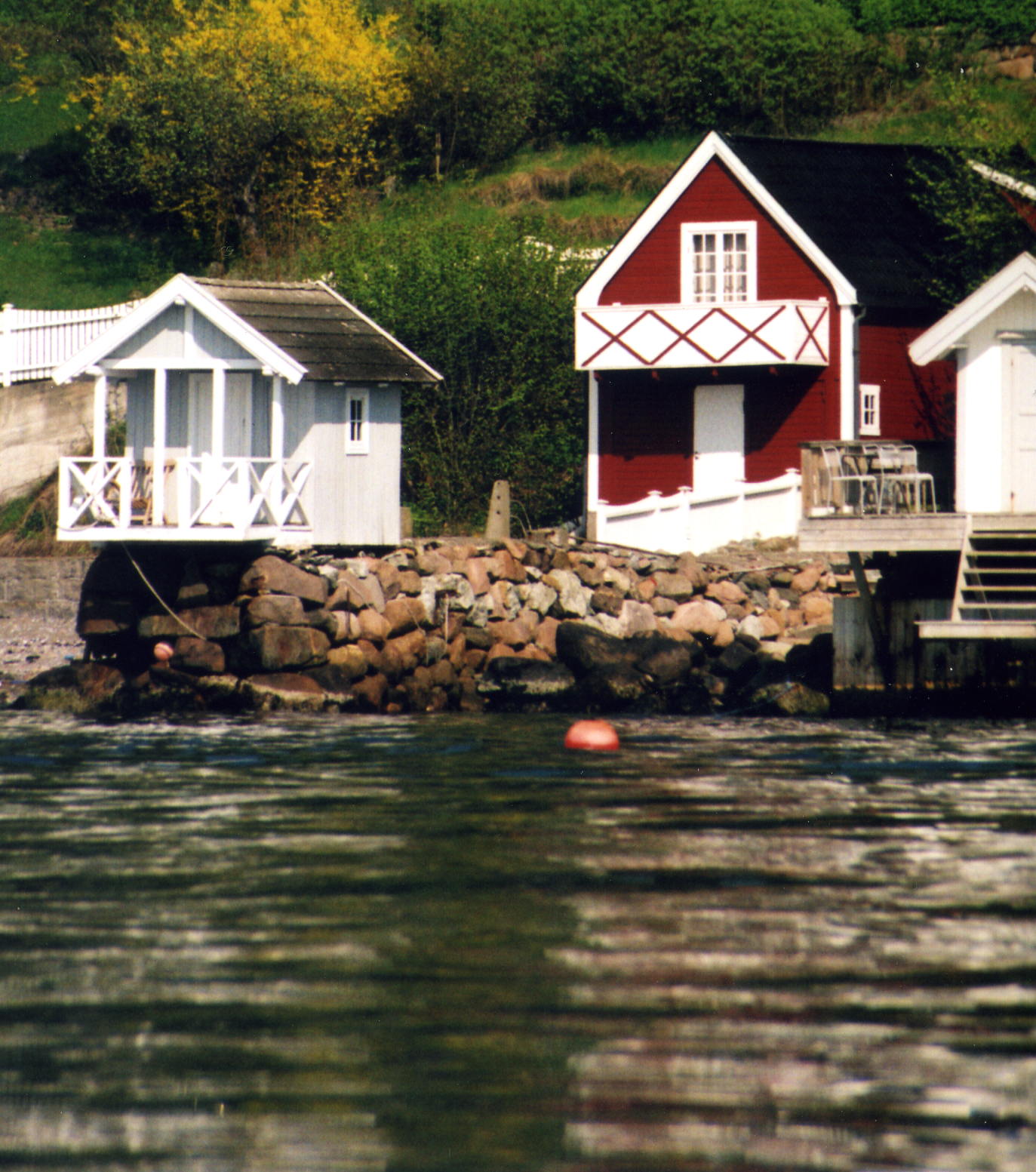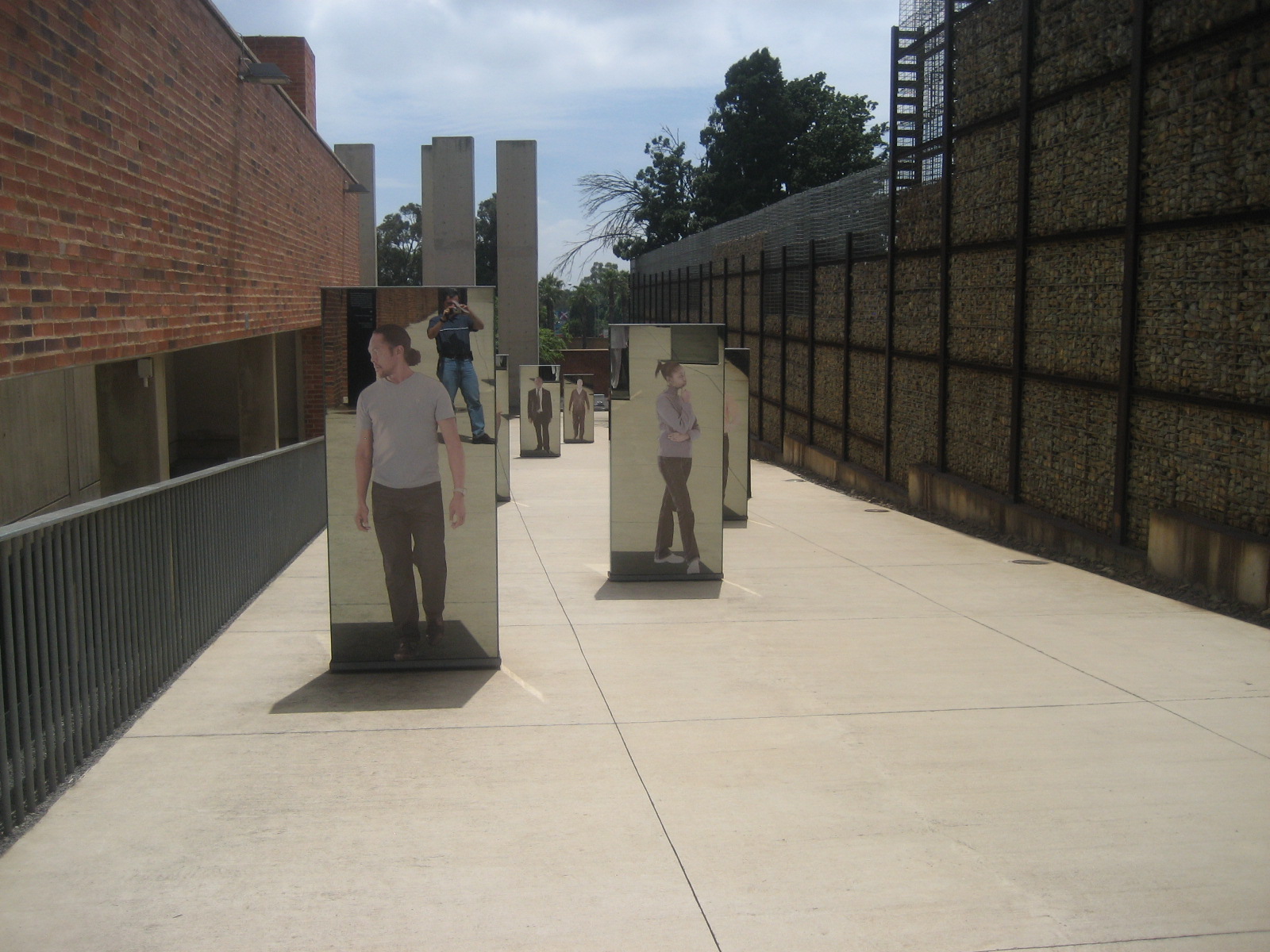Let’s talk about seeing a music cabinet – something I had never heard of before!

Rüdesheim am Rhein is one of those charming towns along the Rhine River in Germany that make you glad you spend the time traveling to new places. UNESCO agrees and, therefore, Rüdesheim and the region around it are designated as a World Heritage Site.
My December Christmas markets cruise made a stop there after passing through the scenic part of the Rhein earlier that day. Unfortunately, that only left us with the afternoon and early evening to enjoy Rüdesheim but I am not complaining (the scenic part of the Rhine is amazing to behold with the small towns and hilltop castles that grace the river banks).
Later that day we got to meet up with my college roommate and his wife with whom I went to Hamburg last year. They live an hour or so away so it was awesome that Rüdesheim was a stop for the cruise. We enjoyed glühwein with a shot of rum, laughed, and reminisced in a very festive environment at a small establishment in the town. I am not sure if it was the side patio of a restaurant or a pub or what; but we found a high table to camp at and hang out away from the cold wind!
Besides having walked the town center and see the Christmas markets, the other more cultural experience we had intown was to visit a music museum in Rüdesheim.

It is not what I would have picked given a set of choices but I have learned in my travels (and life in general) to let myself just go with the flow. In this case, the flow being a short walk through town with a local guide arranged by the cruise. That walk was to end in the music museum where we would spend an hour or so led by a museum guide.
Siegfried’s Mechanical Museum
Maybe I am mistaken in calling it a music museum. The German name of the museum, Siegfried’s Mechanical Museum (Siegfried’s Mechanisches Musikkabinett), more appropriately calls it a musical cabinet museum.

The museum, family-owned for 3 generations for the last 50 years, is the home of different “machines” that play music. It could be a gramophone or one of those massive cabinets you may have seen at a circus or fair that play music but no instruments (or humans!) are visible. Usually, the instruments are hidden inside the cabinets. It seems fair to call them machines as no humans are intervening to play the instruments (other than cranking the machine or turning them on, I suppose).
The instruments range from small hand-cranked card-readers to large armoires to massive cabinets for a festival or circus. The antique gramophones were the most “normal” of the machines on display.
My favorite was the cabinet that played violins (single-stringed, if I understood correctly).

The museum is spread over a few small structures in the property (that dates originally from the 15th century) owned by the family. An adjoining building was lost in WW II bombings (before the museum exited) but the main tower survived.


Today, the third-generation son and the second-generation dad take care of the machines. The third generation daughter helps take care of the business aspects.

Visiting the Music Cabinet Museum
I visited the museum as an excursion organized by the cruise ship so I had no idea of the entrance fee or other details. Note that opening times vary by time of year and that they may be closed altogether in January and February. Guided tours are offered in different languages and are worth it (and entertaining!). The cost, as of this writing, is 8 euros for adults and half for others.



























 So I will share a couple of images about the canals.
So I will share a couple of images about the canals.


















































































